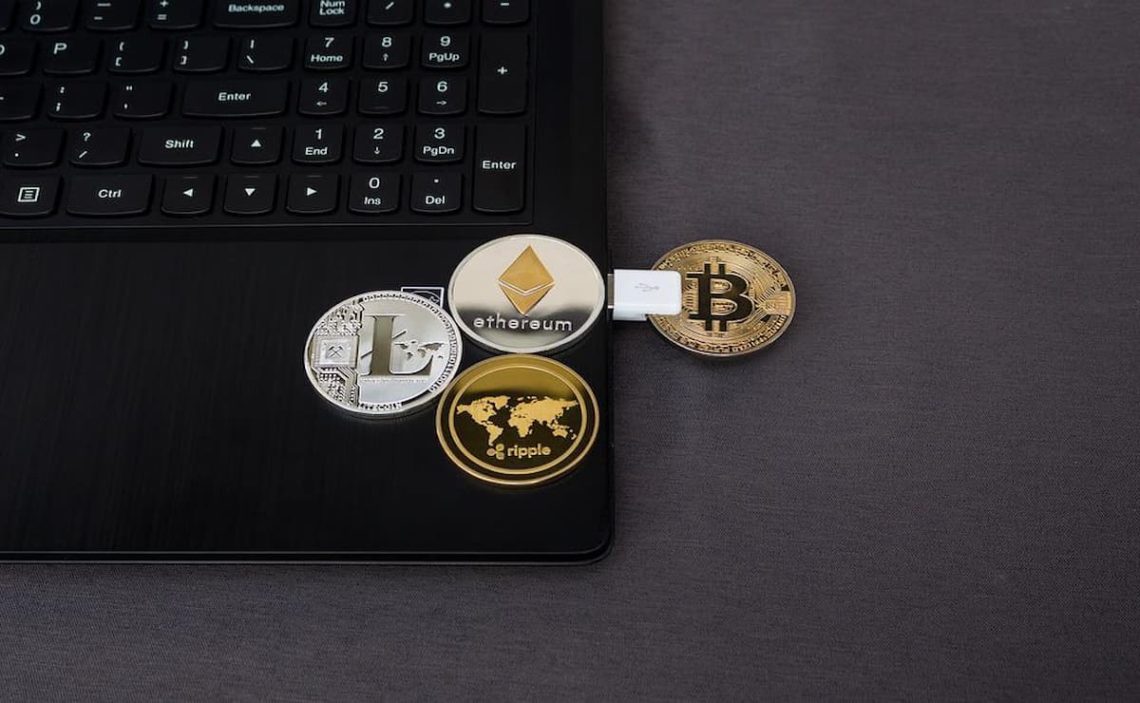Choosing between a Cold Wallet and a Hot Wallet is not a minor issue. These two very different models have the same basic function of storing our cryptocurrencies. However, the operation, security, and other key aspects differ between cold and hot wallets.
What is a cold wallet?
A Cold Wallet, is a wallet for cryptocurrencies that will not use the key generated through the connection to the blockchain or the Internet.
This characteristic of not staying connected to the network in the generation of keys determines its character as a cold wallet for cryptocurrencies.
The fact that they are cold wallets does not imply that they cannot be connected to the network but do not require a sustained connection for their use. That translates into better and greater security against hackers.
It is a cryptocurrency storage model primarily used to securely store assets, backing up the user’s reserves and deposits.
Types of cryptocurrency cold wallets
The two main types of cold wallets for cryptocurrencies are related to the characteristics of the devices used:
- Hardware cold wallet: these devices will generally be in the form of a USB key or similar. They have small screens with interfaces designed to operate when the device is connected. It is considered the most secure method of cold storage.
- Paper wallet: this is the other major cryptocurrency cold storage model type. It was one of the first. It allows recording on a printed paper (or other material) the public and private keys to access the stored data.
How to use cold wallets for cryptocurrencies
Using a cold wallet for cryptocurrencies will depend on whether it is a hardware or paper wallet.
The wallet on hardware allows you to operate directly from the device itself. The paper wallet requires access to an online platform to perform its operations. In general, some noteworthy characteristics of the common use of cold wallets are:
- Higher levels of security than storage systems connected to the blockchain constantly.
- They can be used to deposit and store digital assets regardless of amounts.
- The use of keys and the management of the assets themselves will depend exclusively on the user
- Maintain different layers of security by incorporating secret keys, recovery phrases, etc.
- These tools are compatible with most devices that can access today for managing cryptocurrencie
What is a Hot Wallet?
Hot Wallets are cryptocurrency wallets that remain connected to the Internet. They generate and store their keys and allow faster trading than cold wallets, although they are considered less secure.
When we talk about a hot wallet for cryptocurrencies, we refer to cryptocurrency storage and management space connected to the Internet.
Therefore, to the question of is a hot wallet, the initial answer is that it is a wallet that can store cryptocurrencies, send and receive digital assets (and other types of transactions), and is permanently connected to the Internet.
The main difference with cold cryptocurrency wallets is that cold wallets do not need to be permanently connected to the Internet.
What features do Hot Wallets have
Although each cryptocurrency hot wallet may have its particularities, some elements are present in virtually all virtual online wallets:
- The need for an Internet connection for its operation.
- The creation of keys and passwords through the Internet.
- The storage of data, keys, and passwords on the servers hosted by the wallet.
The main consequence of these features is that the user’s data and funds are more exposed than in cold wallets.
Why hot wallets are used for cryptocurrencies
First of all, it should note that even if the hot wallet is considered less secure than the cold wallet, it does not mean it is unsafe. Virtual wallets connected to the internet offer different layers of security to protect the user’s data and assets.
There have indeed been attacks on certain hot wallets. It is also true that cold storage devices run risks such as loss, theft, or forgetting the seed that enables data recovery.
Advantages, usefulness, and operation of hot wallets
The use of hot wallets depends on the speed of the process they allow. Accessing a hot wallet and starting to operate is an action that takes seconds. In contrast, accessing a cold wallet and trading is a slower process.
In the operation of a hot wallet, every transaction is immediately approved with the embedded private key and directly transmitted to the blockchain. It is a fast and effective process.
Therefore, using hot wallets is associated with the need for investors to be prepared. It trades as the market evolves and does not rely on a slower process of loading hardware or external keys to trade.


